Today we are going to review all Overwatch competitive ranks. Those who are curious about the tiers and rank badges will find a lot of information below. How to rank up in this game is all about mentality. Let’s explain everything in detail. If you don’t have the game, you can buy it from this link!
Overwatch competitive ranks guide
Blizzard Entertainment is the developer of Overwatch. It’s a cooperative online multiplayer FPS (First Person Shooter). It’s an objective-based game in which two teams of six players battle against one another using a cast of “heroes” who each have special abilities and duties. Although Overwatch wasn’t the first “hero shooter” game, it was the first to find widespread success. Other “hero shooter” games, such Apex Legends, Paladins, Battleborn, and many others, have since emerged.
Quick Play, Competitive Play, Play vs. AI, Arcade, Tutorial, Practice Range, and Custom are just a few of the game types available in Overwatch. Only Competitive Play will be covered in this article. As the name implies, this enables global user competition within the Overwatch Rank System. A player must first reach level 25 by participating in Quick Play or Arcade before they can access Competitive Play.
After reading our guide you can also learn how to get an Overwatch 2 Beta key!
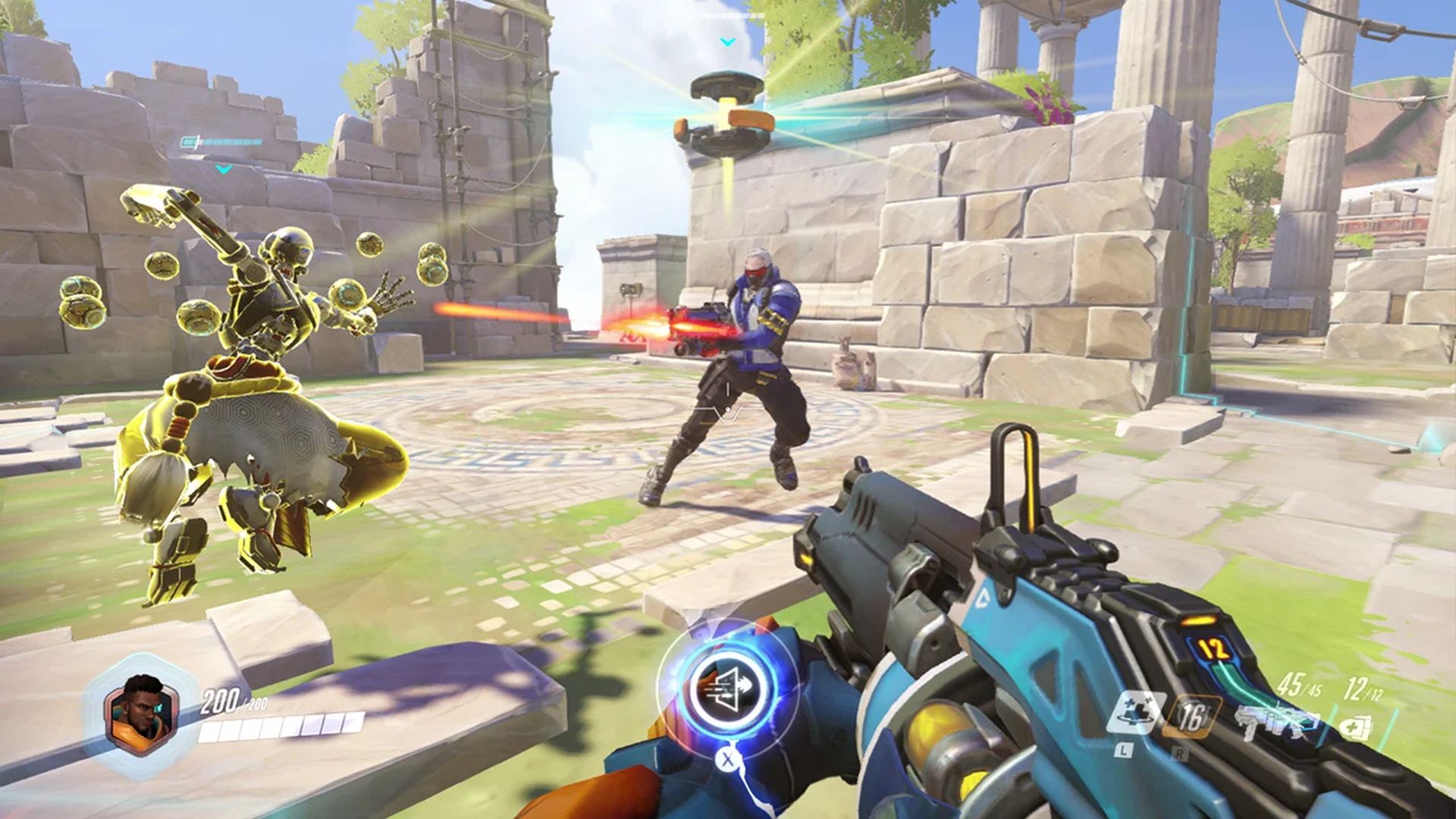
What is skill rating in Overwatch?
The main criteria used to decide which Tier or rank a player belongs in is skill rating. Overwatch competitive rank measures the player’s overall performance on a scale of 1-5000. (higher is better). A player’s skill rating must increase in order to advance in rank. Contrary to popular belief, your win/loss ratio has a bigger impact on your skill rating than your kill/death ratio does. In order to increase your skill rating, you should prioritize team success over personal success.
What is a good Overwatch competitive rank?
At the beginning of each season, placement matches for Overwatch competitive rank system are used to calculate your Skill Rating (SR). A player who has been assigned to a specific Tier can gain or lose SR by winning and losing matches. Your individual performance and the Skill Ratings of the other players determine how much SR you gain or lose. Remember that this is just a starting point because Blizzard conceals the method that determines the assigned Skill Rating numbers.
“The current Competitive System is not a progression-based system where you are gaining a set amount of “exp” for a win. We are constantly calibrating your skill as it relates to the other players that you win or lose against. This means sometimes it will go up or down very little, and other times it will go up or down a lot,” Jeff Kaplan, Developer of Overwatch, says.
Players with SR lower than 500 will display “500” rather than their actual Skill Rating score to help keep them from getting discouraged.
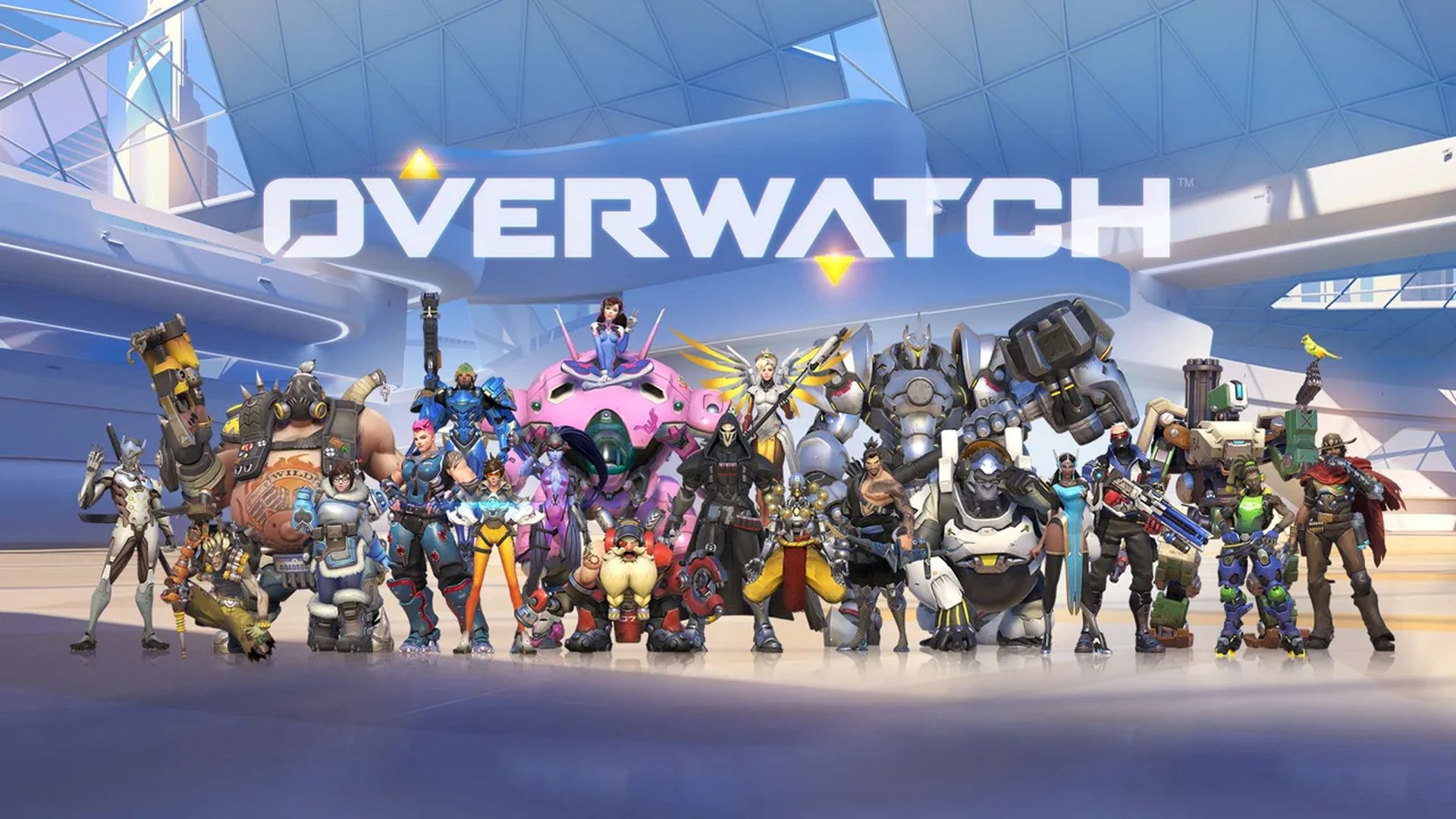
Tiers in Overwatch
In Overwatch, there are seven skill Tiers, and each Tier has a badge that can be seen in the player’s portrait. These are the Overwatch competitive rank tier divisions:
- Bronze (Skill Rating: 1-1500)
- Silver (Skill Rating: 1500-1999)
- Gold (Skill Rating: 2000-2499)
- Platinum (Skill Rating: 2500-2999)
- Diamond (Skill Rating: 3000-3499)
- Master (Skill Rating: 3500-3999)
- Grandmaster (4000+)
It’s helpful to cease considering these Overwatch competitive ranks as landmarks or significant accomplishments. Your Tier is an indicator of your current skill level, and no amount of raw grinding will guarantee a rise in Tiers. Don’t concentrate on the SR and Tiers; instead, concentrate on improving your gaming so that as you get better over time, you will also move up the ranks.
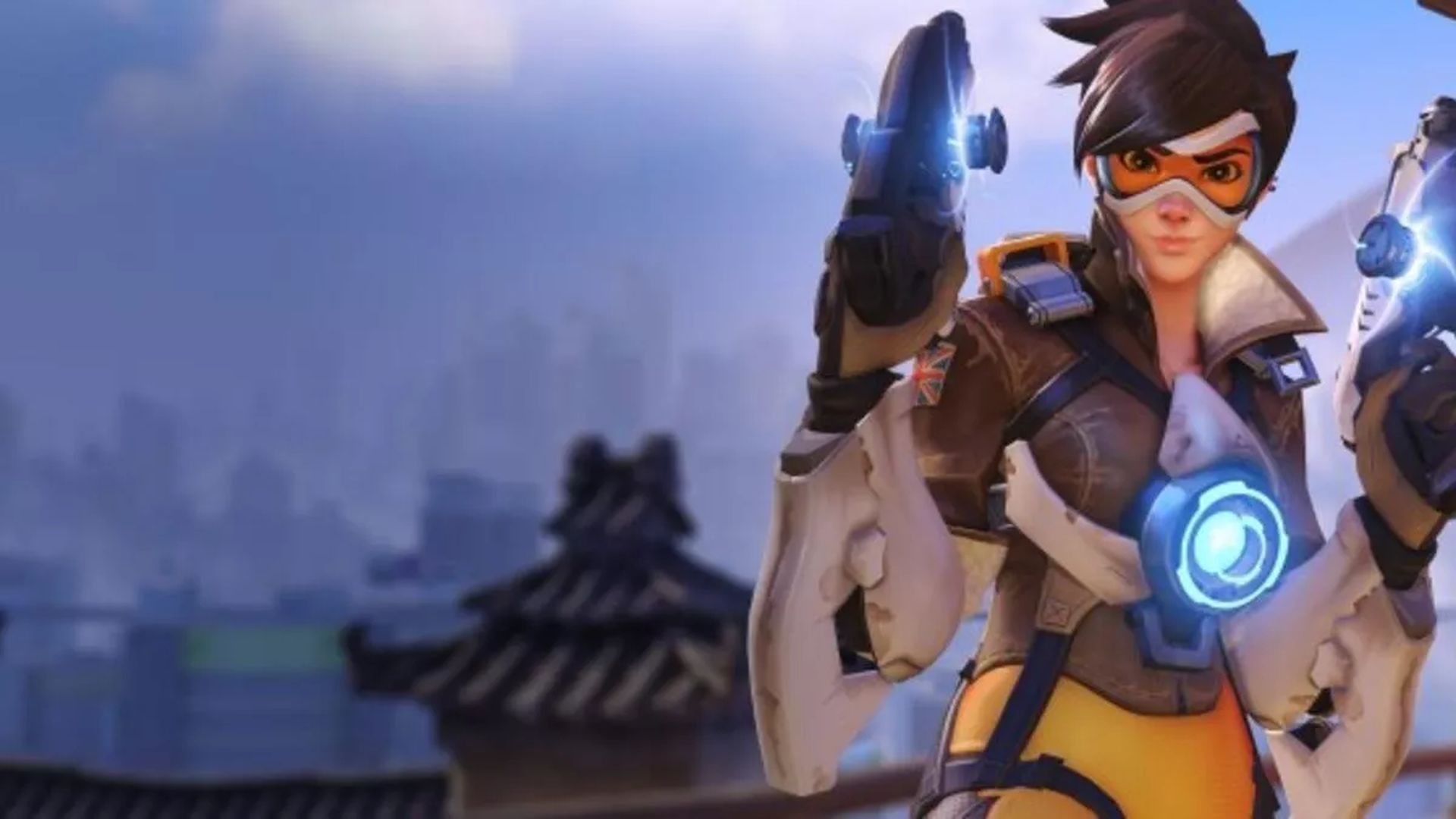
What rank are most Overwatch players?
A breakdown of the distribution of Overwatch players throughout the various Skill Rating Tiers was published by Jeff Kaplan in February 2018. The stats are as follows:
- Bronze (8%)
- Silver (21%)
- Gold (32%)
- Platinum (25%)
- Diamond (10%)
- Master (3%)
- Grandmaster (1%)
The bulk of Overwatch players, as seen by the aforementioned data, are on the Silver, Gold, and Platinum Tiers.
The Tiers above Silver, Gold, and Platinum are more competitive. Players in these three Tiers tend to be more concerned with honing their unique skills. Compared to the higher Tiers, successful teamwork is less important at this level. Players with the lowest skill levels, such as rookies and those with no experience with shooters, belong in the Bronze Tier. Shooters are typically skipped through in favor of Silver or Gold by those with prior experience.
The top three Tiers of the Rank System are reserved for intermediate and advanced players. When you reach Diamond, cooperation and teamwork will start to matter more to your achievements.
In previous seasons, participants in the Silver, Gold, Platinum, and Diamond skill tiers would be demoted to lower skill Tiers if they were unable to maintain the required Skill Rating for five consecutive matches. In addition, players in the Diamond, Master, and Grandmaster Tiers will experience rating decay at a rate of 25 points per 24 hours until they reach 3000 SR or until they play the necessary amount of matches, whichever comes first. To stop players from grinding for too long, Blizzard officials abolished rating decay beginning with Season 18.
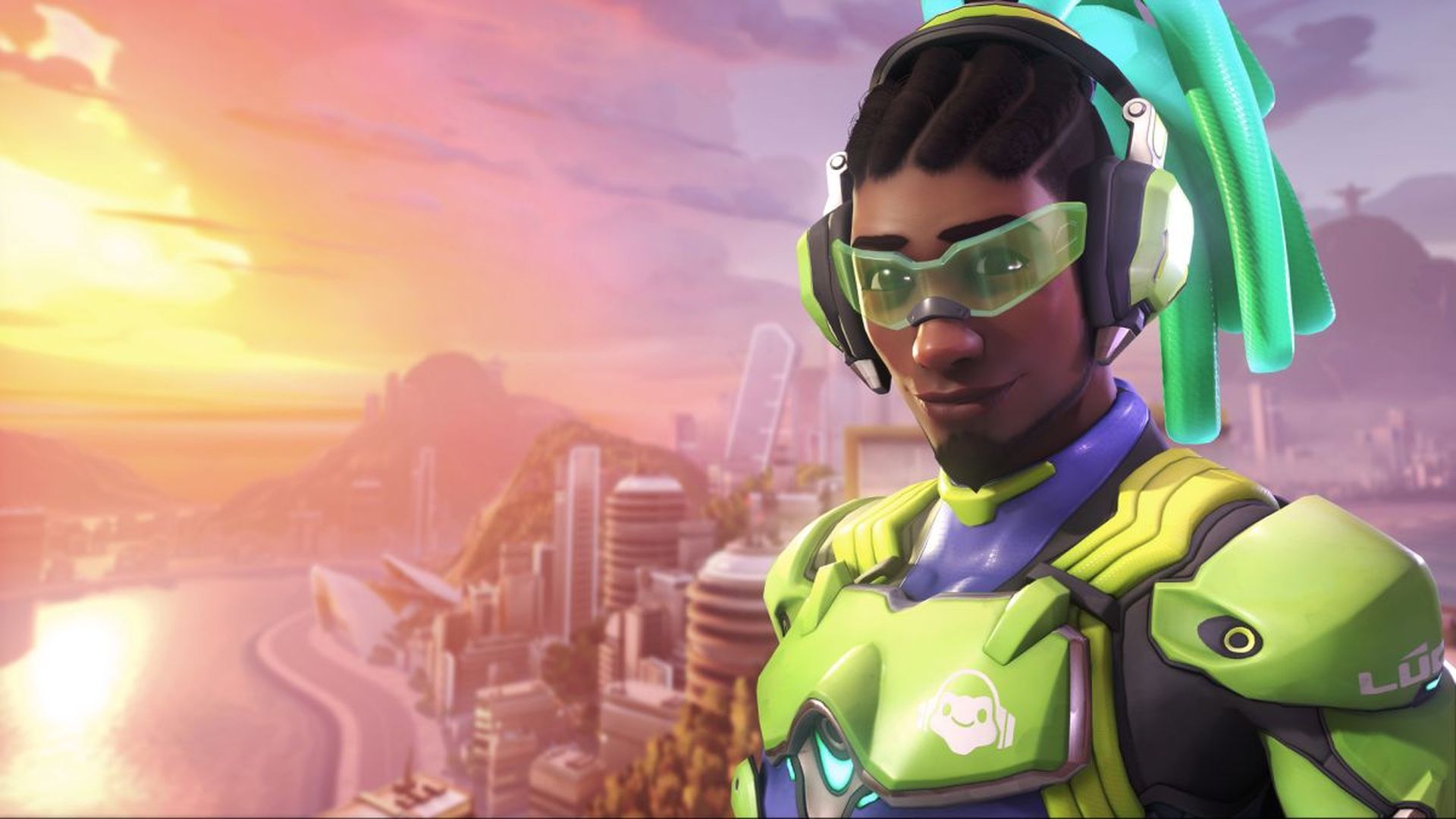
Overwatch competitive rank: Top 500
The 500 top players on a region’s leaderboard also receive a unique badge in addition to the seven Tiers mentioned above. However, a player needs to win at least 50 competitive matches in order to be considered among the top 500. Two weeks following the start of the season, the top 500 ranking is made public.
Overwatch rank badges
You receive a unique badge at each rank. The Overwatch competitive rank badges that are available are shown below.
| BADGE | TIER |
|---|---|
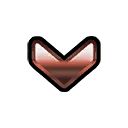 | Bronze |
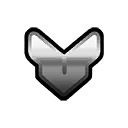 | Silver |
 | Gold |
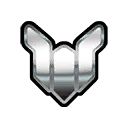 | Platinum |
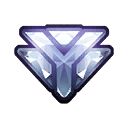 | Diamond |
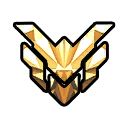 | Master |
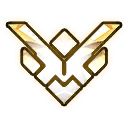 | Grandmaster |
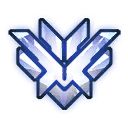 | Top 500 |
Group skill rating restriction
To avoid an imbalance in a match, there are also Skill Rating requirements for competitive grouping (e.g., Grandmaster playing against Bronze players).
- The Diamond Tier and higher players cannot be grouped with new players that are starting a placement match.
- A skill rating gap of more than 1000 points prevents players in the Bronze, Silver, Gold, Platinum, and Diamond Tiers from forming groups.
- Players in Master Tier are prohibited from forming groups with other players whose Skill Ratings are greater than 500 different.
- Players in the Grandmaster Tier are not permitted to form groups with players who have a Skill Rating gap of more than 350.
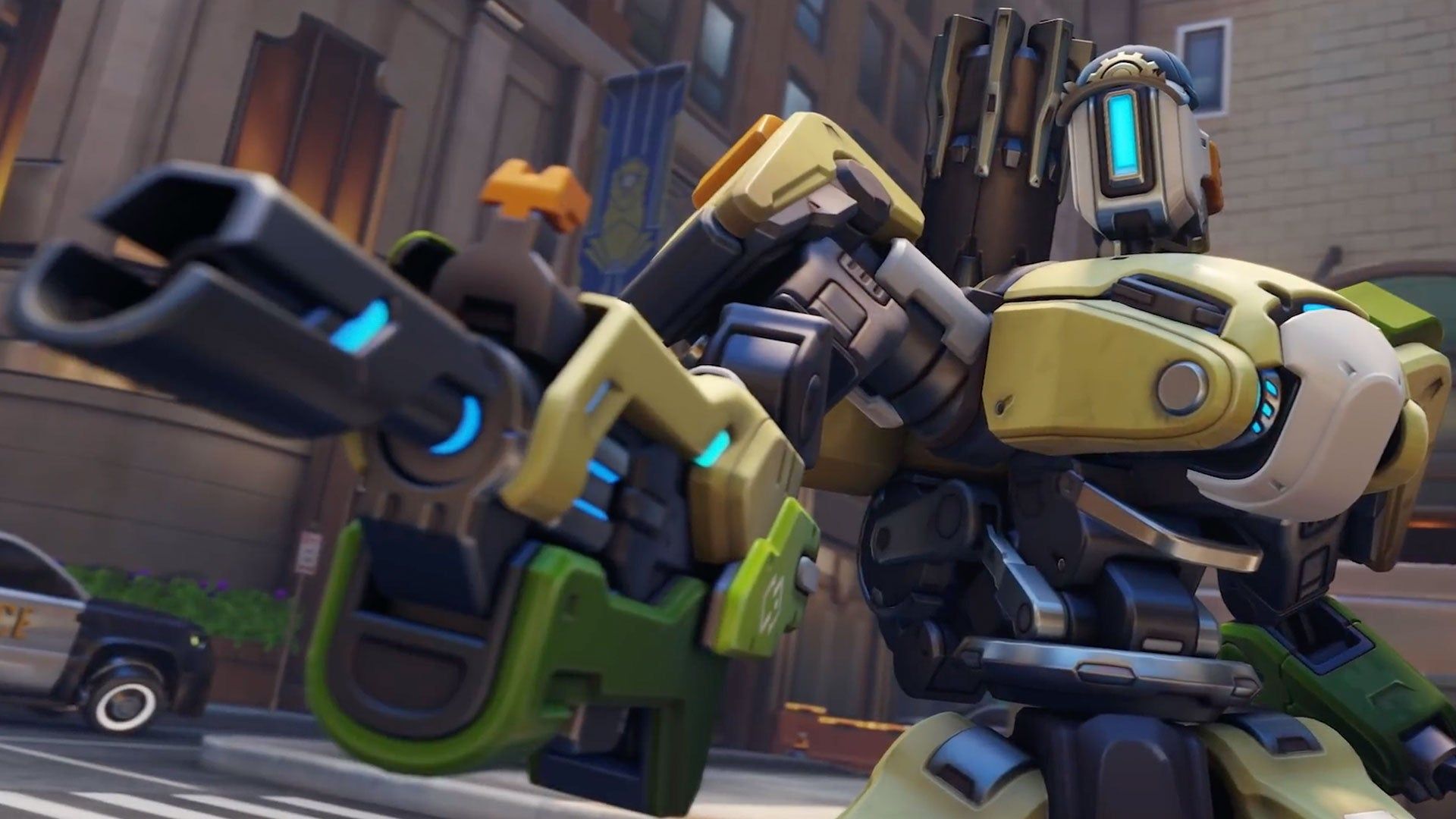
Overwatch competitive rank: Tier playstyles
Since a variety of factors might influence each player’s gaming, it is practically impossible to pinpoint the precise playing style of each Tier. Nevertheless, each Tier has a clear tendency, which we will examine in this section.
Bronze and Silver
You may run into new players who are still getting their feet under them in these Overwatch competitive ranks. Players in these Tiers will frequently use either their favorite heroes or a variety of heroes from various roles to determine the one they feel most comfortable with. Since most players are just getting started and trying out new heroes, they rarely use microphones at this Tier (in fact, they are barely noticeable until the Platinum Tier). As a result, they completely disregard the concept of teamwork. Most of the players in these Tiers are new, however they usually don’t stick around for very long due to how simple it is to advance to the next Tier (Gold).
Gold
The majority (32%) of competitive Overwatch players belong in the Gold Tier, according to 2018 data. The large number of people in this Tier makes it the “most poisonous” in the game. Many newcomers who have been promoted from Silver but are unable to advance to Platinum end up at this Tier. Players who are interested in creating a strong team composition or in honing their “primary” hero can be found in the Gold Tier.
Platinum
As players reach the Platinum Tier, you will start to notice that they are no longer concentrating on improving their individual talents but rather team composition, strategies based on the map or game style, or even ultimate abilities. Therefore, using a microphone is important in this Tier. Mastery of the game mechanics and rudimentary team awareness are expected at this level. The real competition starts to heat up at this point.
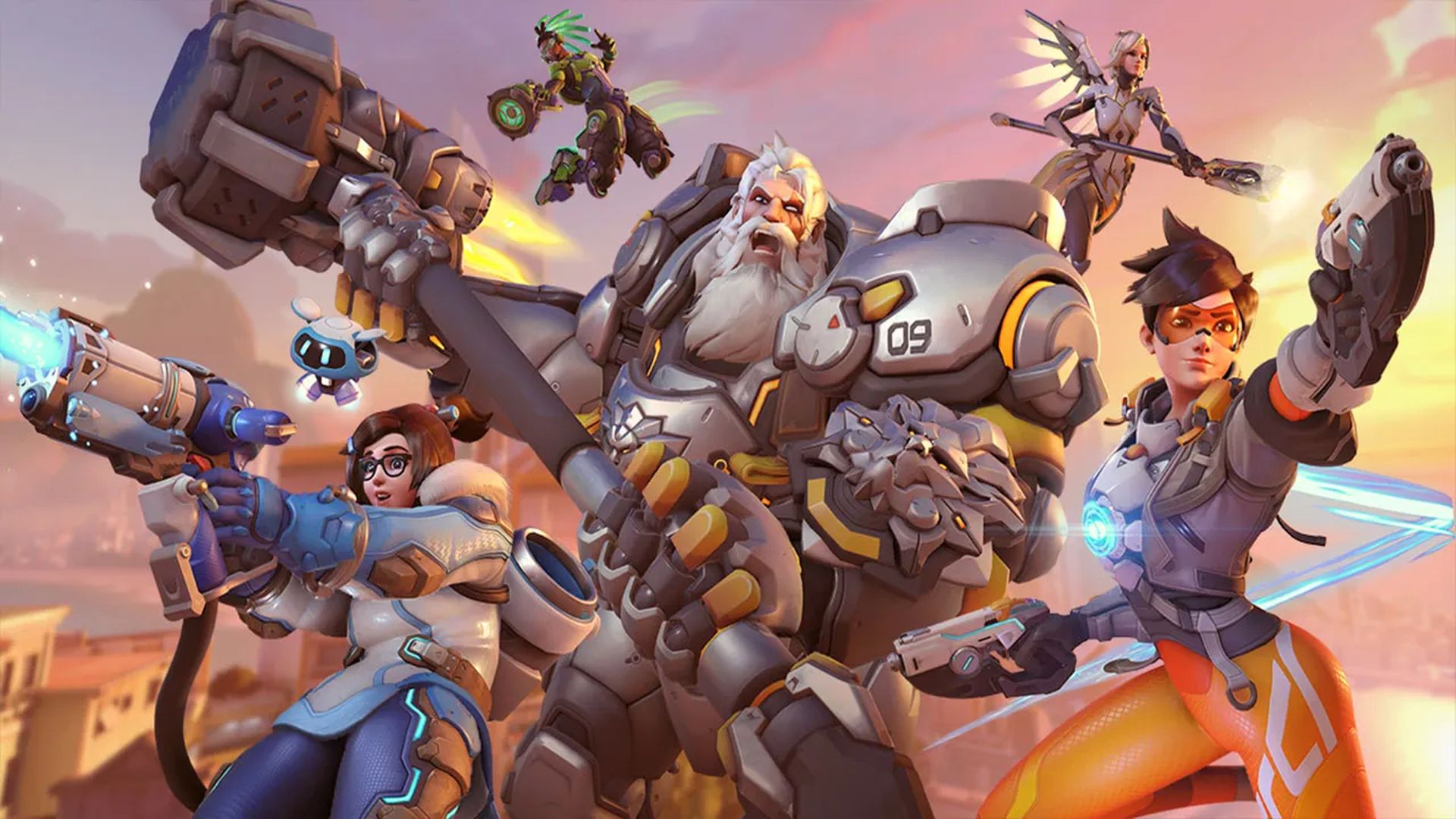
Diamond
Gamers who belong in this Tier are by no means casual players, ranking in the top 15% of Overwatch players. These individuals are ardent Overwatch players. The majority of players in this Tier are also proficient in map awareness and map strategy. As was mentioned before, this is the area where there is true competition. In this Tier, a match’s outcome is determined by teamwork. No matter how talented a player is, loss is unavoidable without effective teammate communication.
Master
Semi-pro and even professional players belong in this Tier. The players have mastered all facet of the game’s technical aspects at this level. The majority of the players in this Tier specialize in one particular hero or role and are not generally adaptable in other areas.
Grandmaster
Famous pro players and streamers play on Grandmaster, which has the top 1% of all Overwatch players. The top of the best and the cream of the crop are the players competing at this level. An accurate illustration of what to anticipate at the Grandmaster level is to watch an esports match live.
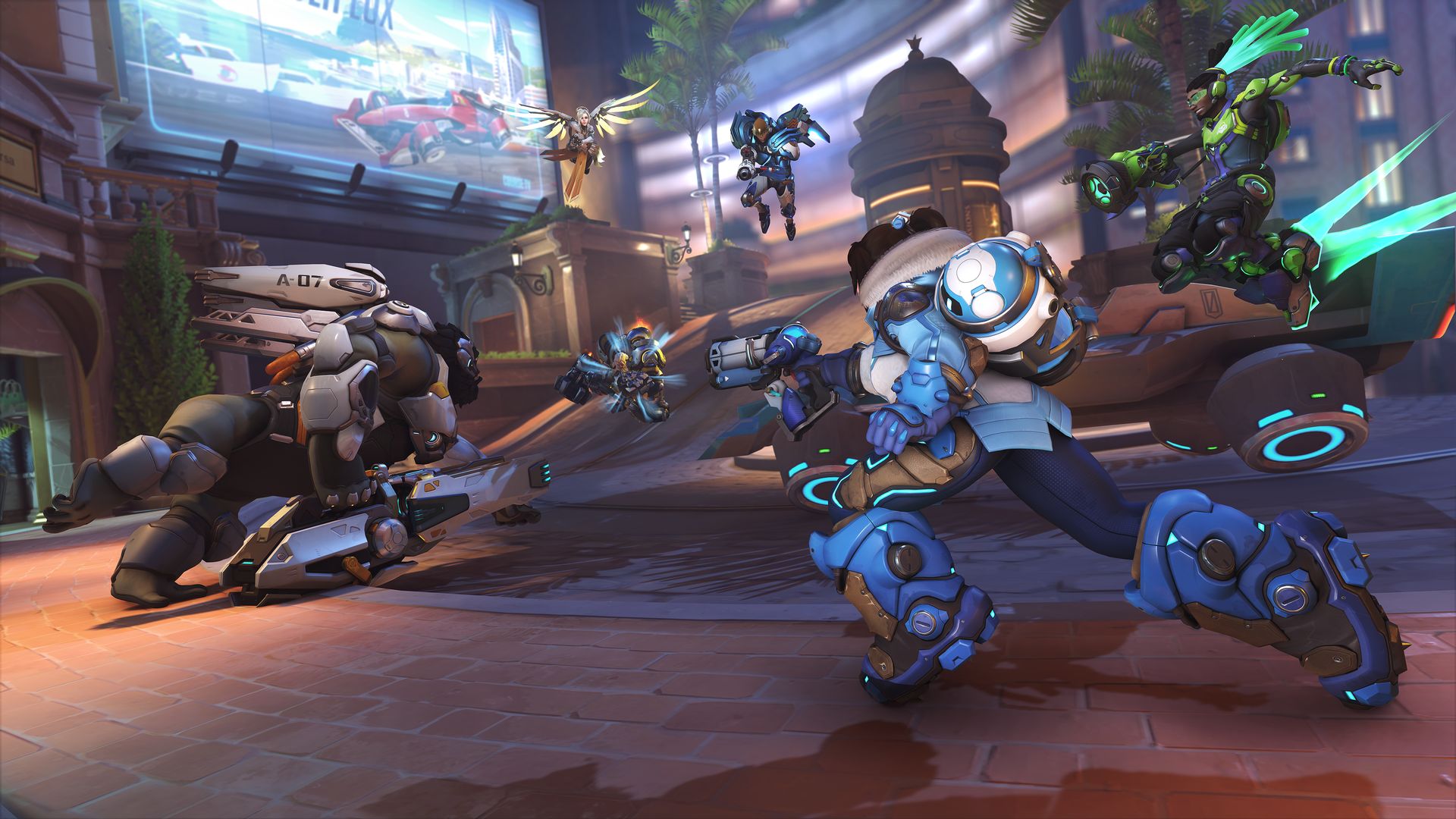
Is Platinum a good rank in Overwatch?
Mid-gold is the breaking point for the player base’s 50/50 split, yet golds continue to commit fundamental mistakes like standing completely still in the center of the street. Where good/decent/average starts are in this game in terms of SR has been the subject of a heated conversation for a while. As it is below the top 10% at that stage, we continue to believe that mid-diamond marks the beginning of at least competent players. After that, everything is simply incredibly great.
When less than 1% of the player pool represents high GM, we reject the notion that they are the only “excellent” players. To claim someone isn’t good at basketball unless they are at the collegiate or NBA level is the same thing. So yes, Platinum is a good Overwatch competitive rank.
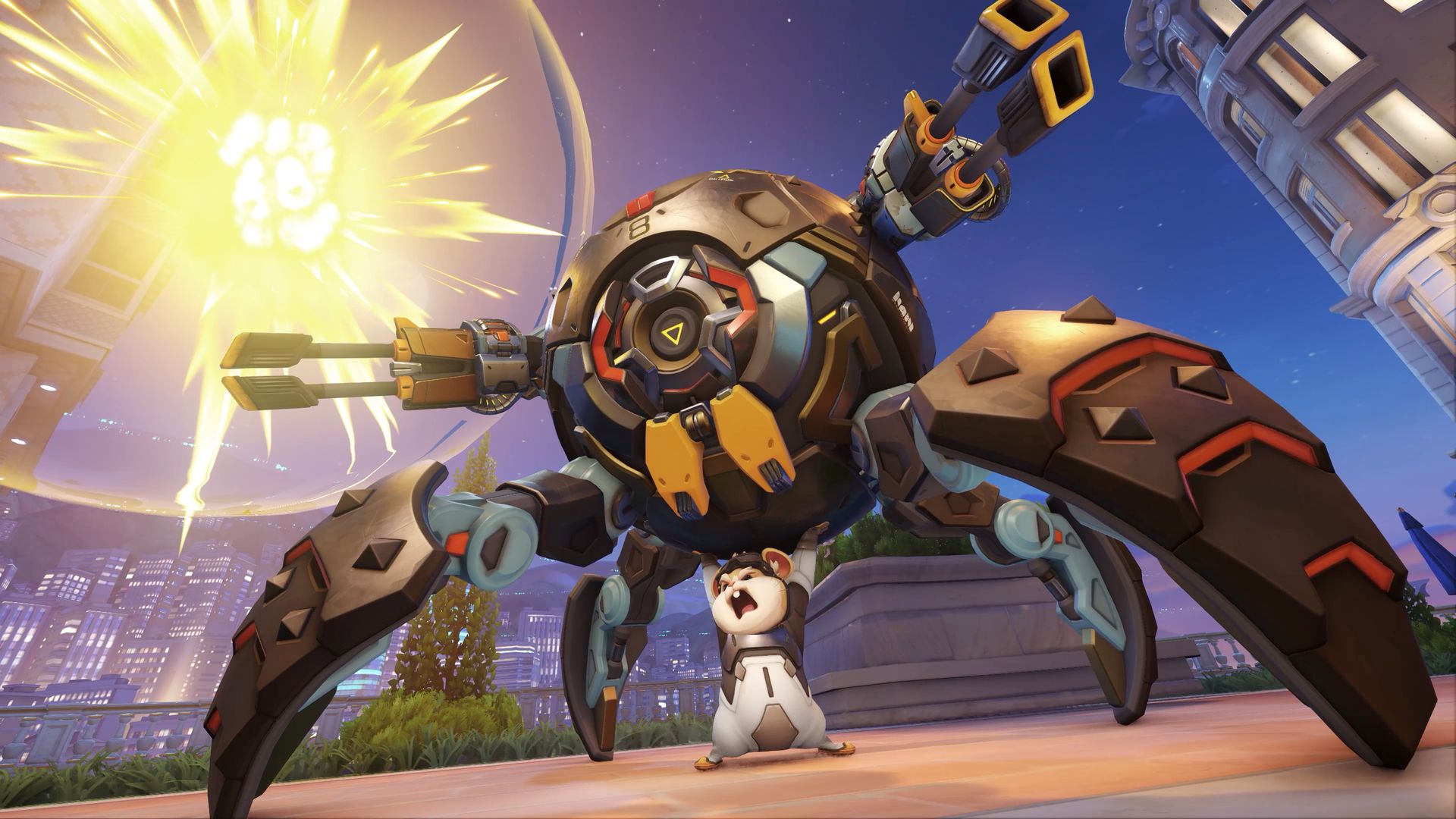
How to quickly rank up in Overwatch?
You must, above all, develop your playing abilities. Develop your game sense and awareness, grasp game mechanics (accuracy, employing ultimate powers, tactical exploitation of secondary skills), and enhance your teamwork. Make sure to learn various methods for various maps. Although the exact mechanics of the Skill Rating system are unknown, it is certain that winning is a must for players to advance in rank and increase their Skill Rating.
Even if you win multiple medals, you won’t increase your skill rating if your team loses because skill rating isn’t entirely based on individual achievement. With that in mind, playing in a designated group is usually preferable because being aware of each member’s unique skills enables the group to plan strategies and work together more effectively.
The only objective when playing a game, whether competitively or casually, should be having fun. Understanding the ranking system might help you improve as a player overall if you want to play competitively. Overly concentrating on your Tier could sour your gaming experience as a whole. Therefore, try to have fun and not be so serious to climb the Overwatch competitive ranks. Learn the meaning of diff in Overwatch!





